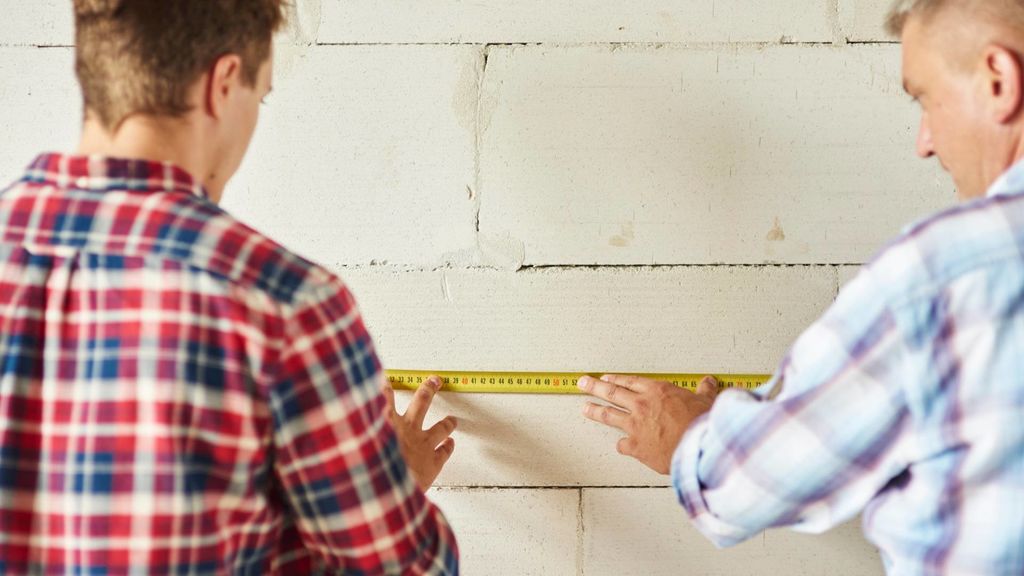
Securing the Base: A Comprehensive Guide to Home Foundation Inspections
The foundation of your home is responsible for supporting the entire structure and is under constant stress from both the building above and the surrounding soil. Over time, these stressors can result in foundation damage, which can be costly to repair and may pose safety risks to you and your family. In this guide, we’ll show you how to conduct a DIY foundation inspection to detect problems early and address them before they escalate.
What Is a Foundation Inspection?
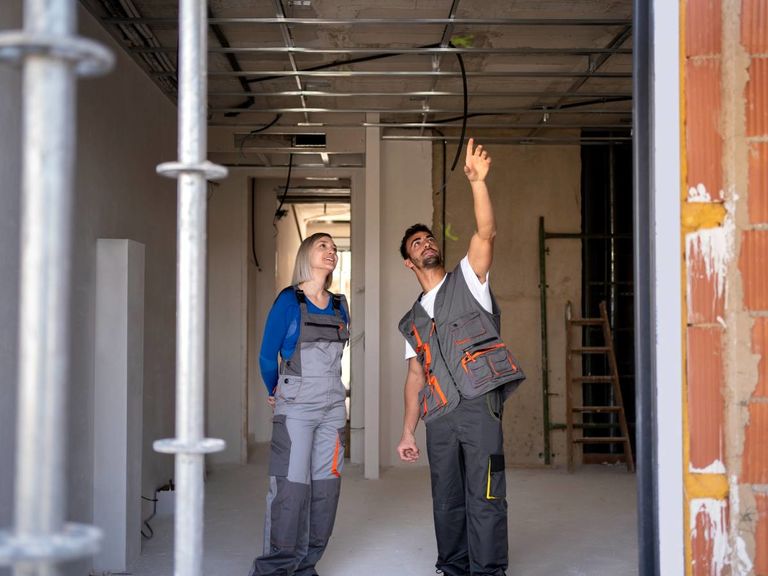
A foundation inspection is a process of examining the concrete and supportive framing beneath your home to identify any issues before they become serious. The specifics of a foundation inspection may differ depending on the type of foundation you have.
1. Slab foundation:
Typically involves an external inspection of the concrete slab and an assessment of foundation-related problems inside the home.
2.Raised foundation:
Includes an inspection of the concrete piers under the home, as well as the wooden beams, floor beams, and floor joists above.
3. Basement foundation:
Resembles a crawl space foundation inspection, but the internal inspection under the home might be limited if the basement is finished.
Why Is a Foundation Inspection Important?

Foundation inspections are vital because they can reveal foundation problems before they lead to severe structural damage. Not only can foundation issues worsen over time, increasing repair costs, but persistent problems can also cause significant damage to the structure above.
For instance, if your home experiences differential settlement and a corner of the foundation begins sinking, timely detection and intervention from a local concrete foundation company can mitigate the damage and cost. Prompt action might involve installing one or two supportive piers beneath your home. In contrast, delayed action may necessitate additional expensive piers if a larger section of the foundation sinks.
As foundation damage progresses, it can lead to costly internal problems, such as warped or bowed framing, sloping floors, and indoor humidity issues. Unfortunately, homeowner’s insurance rarely covers foundation issues, making it crucial to prevent extensive damage.
How to Conduct a Home Foundation Inspection
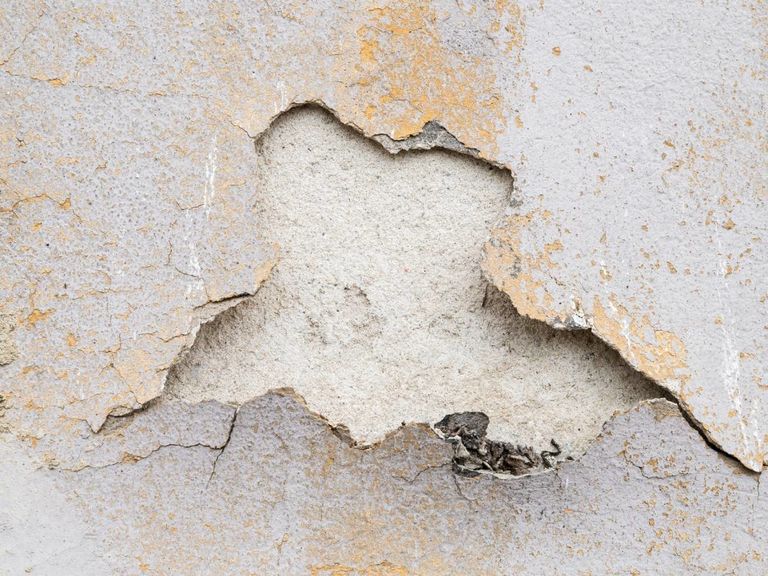
As a homeowner, you should regularly monitor for signs of foundation problems and keep detailed notes of your observations. Here are seven steps to help you detect issues early and seek professional assistance:
1. Examine the Exterior of Your Home
Walk around your property and inspect the concrete under your home for:
- Walls and Foundations: Look for signs of bulging or leaning, indicating uneven loads on the foundation. Check for cracks (especially those 1/8 inch wide or more), stair-step-shaped cracks on concrete block walls, or horizontal cracks. Crumbling concrete can indicate deterioration.
- Water Damage: Inspect for pooling water around your foundation, particularly after rain. Note moisture or erosion on your home’s exterior. Pooling water can suggest broken pipes or expansive soil, which can damage your foundation, cause leaks in your crawl space or basement, and lead to indoor humidity problems.
2.Inspect the Foundation
If your foundation type allows access, inspect the insides of the walls and the slab. Look for stair-step and horizontal cracks on foundation walls, cracks that span corners, and cracks 1/8 inch wide or more. Note circular-patterned slab cracks, indicating upward soil pressure, and any moisture signs.
3. Check for Water Damage
In underhome areas, inspect for water damage or other moisture signs. Look for wet areas around cracks, rotten wood, and musty odors. Efflorescence (white powdery residue) on foundation walls indicates water intrusion. Pest infestations could result from under home moisture issues.
4. Assess Other Foundation Elements
In accessible underhome areas, examine concrete slabs and piers for damage. Check support beams and load-bearing elements for levelness and buckling. Inspect metal or steel piers for rust, a sign of moisture in the basement or crawl space. Look at the tops of concrete piers in pier and beam foundations for broken connections or movement.
5. Look for Warped Floors, Ceilings, and Walls
Since your foundation supports your entire home, inspect floors for cracks, buckling, bulging, sloping, or warping. Sloping floors or ceilings indicate foundation issues. Check walls for outward-angling cracks from wall openings corners and countertops or cabinets pulling away from walls. Foundation issues can allow moisture to enter your living area, causing humidity.
6. Check Your Windows and Doors
Inspect doors and windows. They should open and close smoothly. If doors or windows stick or are hard to close, foundation movement may have shifted the framing around wall openings, putting pressure on sashes or doors. Gaps between walls and doors or windows could mean shifting foundations. These gaps can also let in water and insects, leading to further damage.
7. Pay Attention to Your Roof and Chimney
Foundation problems can warp your framed roofing system, so look for wavy or drooping roof sections. If your chimney is tilted or cracked, this could indicate foundational damage. A significantly shifted chimney could collapse, posing a threat to your family and property. If concerned, contact a chimney repair professional.
How Often Should You Inspect Your Foundation?

We recommend a DIY foundation inspection every six months. In high-risk areas, such as those with expansive clay soil or flooding propensity, inspect every three months. If you observe new foundation cracks or potential moisture intrusion issues, inspect more frequently to compare notes and detect worsening problems.
DIY Foundation Inspection vs. Hiring a Pro
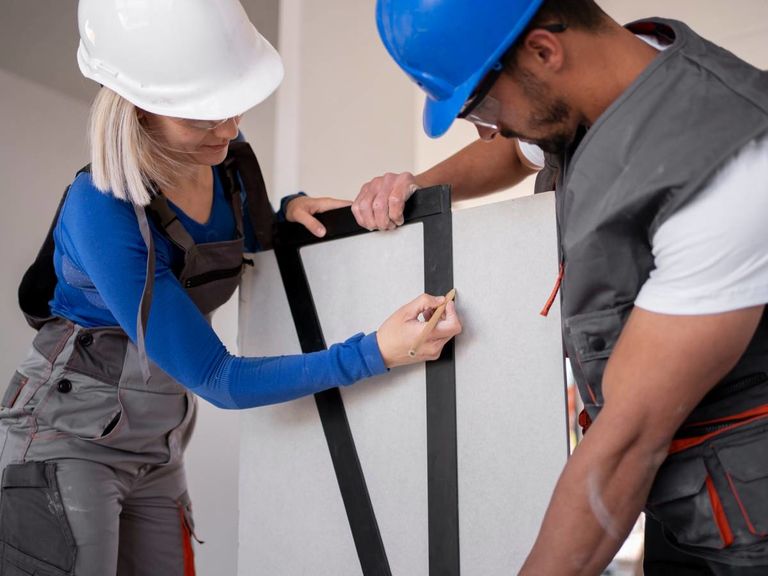
We advise conducting your foundation inspection twice a year and seeking professional help if you identify warning signs during your inspection. You can save money by doing regular inspections yourself, but unchecked foundation issues typically worsen over time, leading to serious property damage and potential injury. When in doubt, consult a licensed professional.
A professional foundation inspection aims to assess the structural integrity of your home’s foundation. A state-licensed structural engineer examines:
- If foundation repair or modification is needed.
- If the foundation functions as intended.
- If the foundation complies with building codes.
A structural engineer will provide an inspection report for your local foundation repair professional. The report should detail the extent of any foundation damage, appropriate repair methods, estimated repair costs, and turnaround times.
Conclusion
In conclusion, foundation problems can lead to extensive and costly damage if left unchecked. A professional foundation inspection by SF Bay Engineering can help you detect issues early and recommend appropriate repairs. Ensuring the stability and integrity of your foundation is crucial to maintaining a safe and secure home. Whether you have noticed cracks, settlement, uneven floors, or water leakage, it is important to address these issues as soon as possible. Don’t delay; contact SF Bay Engineering today for a professional foundation inspection and repair.
Related Posts
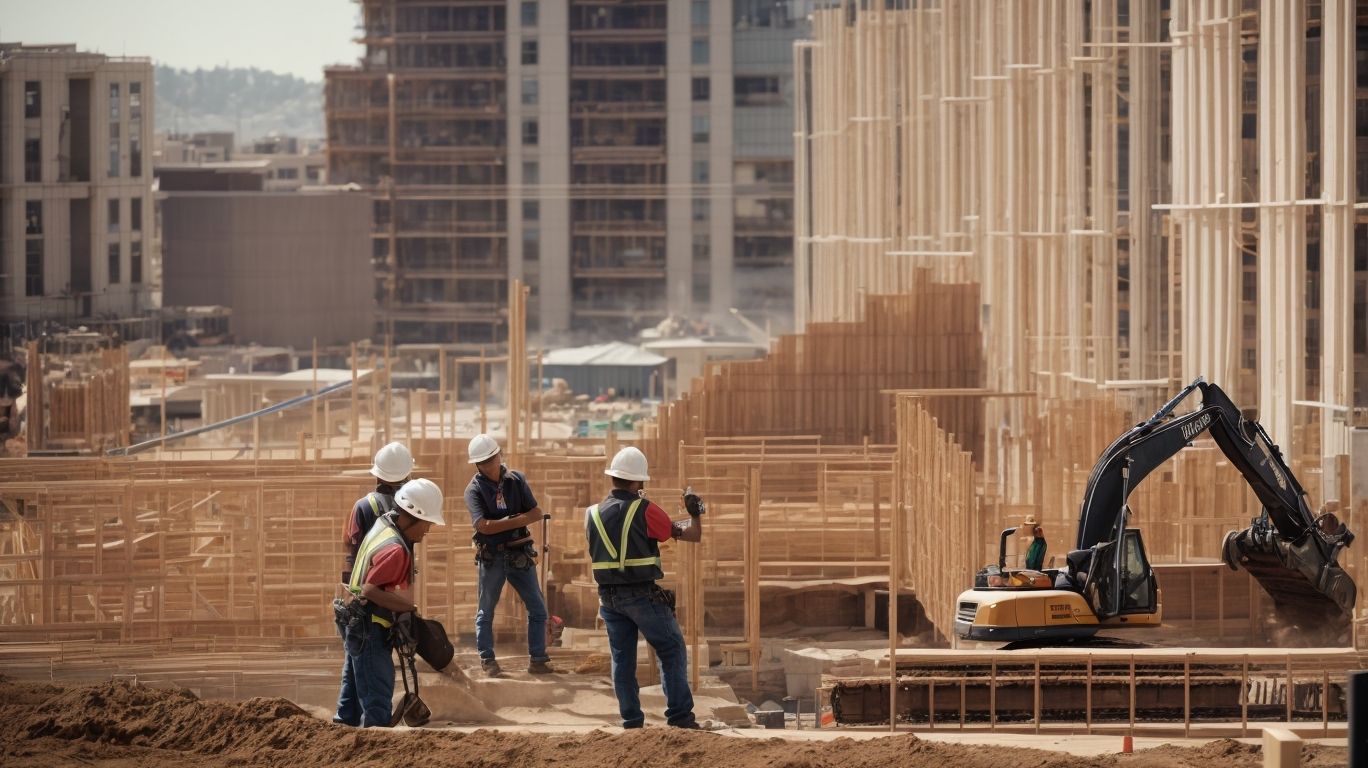
Foundation Engineering in the SF Bay: Building a Durable Base
Foundation engineering is the cornerstone of any construction project, particularly…

Seamless HVAC Integration in SF: Your Structural Engineering Solution
In the world of structural engineering, the seamless integration of…

Building Earthquake-Proof Structures for SF’s Seismic Resilience
Uncover the secrets of constructing earthquake-proof buildings in SF. Explore…
